Putting the “Community” in Senior Living
It starts and ends with “community.” Being part of a community is crucial for senior wellbeing, offering seemingly unlimited opportunities to connect with people, from peers to loved ones to community staff. The right senior living community will have nearly endless gathering spots and tons of amenities and activities.
Meals Bring Us Together
Then there’s the food. Meals in senior living are more than just sustenance and nutrition. They’re also daily social gatherings that bring people together. Every day, at least three times a day, folks in senior living communities get together and break bread, talking about their days, their families, and what’s going on in their community.
The same way a family bonds over sit-down dinners every night, seniors create—and celebrate—bonds every time they sit down for a meal. But unlike a family dinner table where one dish is served to everyone, in senior living communities, meals should be carefully crafted for each resident. They should not only be made while considering crucial nutritional factors but also while focusing on flavor and the enjoyment factor.
When it comes to Cedarhurst communities, Crafted by Cedarhurst℠ goes beyond making each meal delicious and decadent. Our holistic approach to nutrition also means ensuring each meal features choices that are:
- Heart Healthy, for those especially concerned about cardiac health
- Brain Boost, for preserving and strengthening cognitive functions
- Gluten-Free, to satisfy those with gluten intolerance
- Diabetic, using sugar substitutes to protect residents who have diabetes
- Low-Sodium, for those who need to limit salt intake
Some senior living communities offer specific, limited mealtimes, but Cedarhurst communities have made meals much more flexible, offering dining from 7 a.m. to 7 p.m. so seniors can work their meals around their schedules.
Tailored Senior Living for Every Resident
Although there are some perceptions that senior living communities have a one-approach-fits-all mentality, that’s not the case for today’s top senior living communities.
With Cedarhurt’s Living TRUE℠ philosophy, seniors receive a tailored experience where their wants, needs, and preferences are all considered. Community staff gets to know each resident to ensure they always feel engaged, valued, and supported.
This type of attention and care means that seniors can live life exactly how they want. When they’re feeling social, they have ample opportunities for being social. And if a senior is feeling left out because of a physical or mental limitation, staff will be there to neutralize limitations and amplify strengths, raising their morale.
Enriching activities and social outings are a must and should go beyond just playing bingo or exercising—not that there’s anything wrong with bingo or exercising! Today’s seniors have a wide range of interests, so their senior living communities should offer cultural outings, learning experiences, and lots of other activities that bring residents together.
A variety of stimulating activities can also bring like-minded friends together. In one case at a Cedarhurst community, one resident’s passion for raising butterflies brings joy to everyone.
Most people aren’t imagining, “My parent is going to learn to become a butterfly expert in senior living” or “My loved one is going to learn how to make wine in their community.” But that just shows you how very different and fascinating modern senior living communities can be.
Curiosity never ends, and learning helps keep us young.
Don’t Forget Fido: The Importance of Pets in Senior Living
Pets are family, period. If you have pets, you get it. Plus, pet ownership is shown to help with cognitive and physical functions. That’s why no senior should ever have to leave a beloved pet behind when they choose a senior living community.
Cedarhurst Senior Living communities aren’t just pet-friendly. We also offer a pet-positive atmosphere. Residents have plenty of outdoor space to take care of their beloved pets, and there’s always someone nearby to look after them when the resident’s busy schedule takes them out of the community.
Pets help seniors stay healthy, so at Cedarhurst, we love pets!
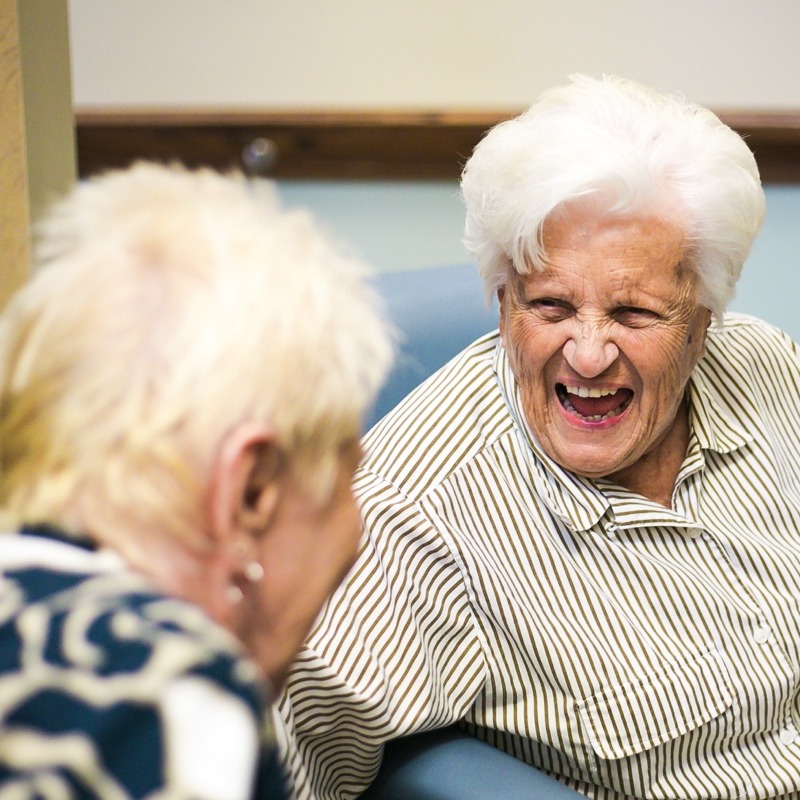
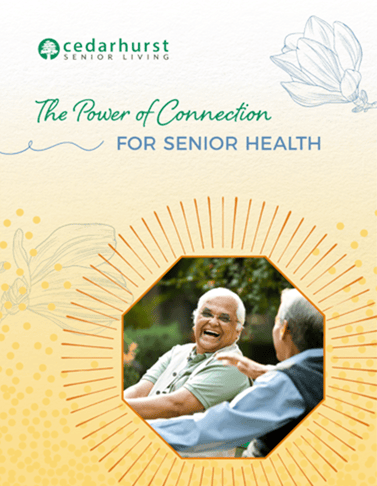
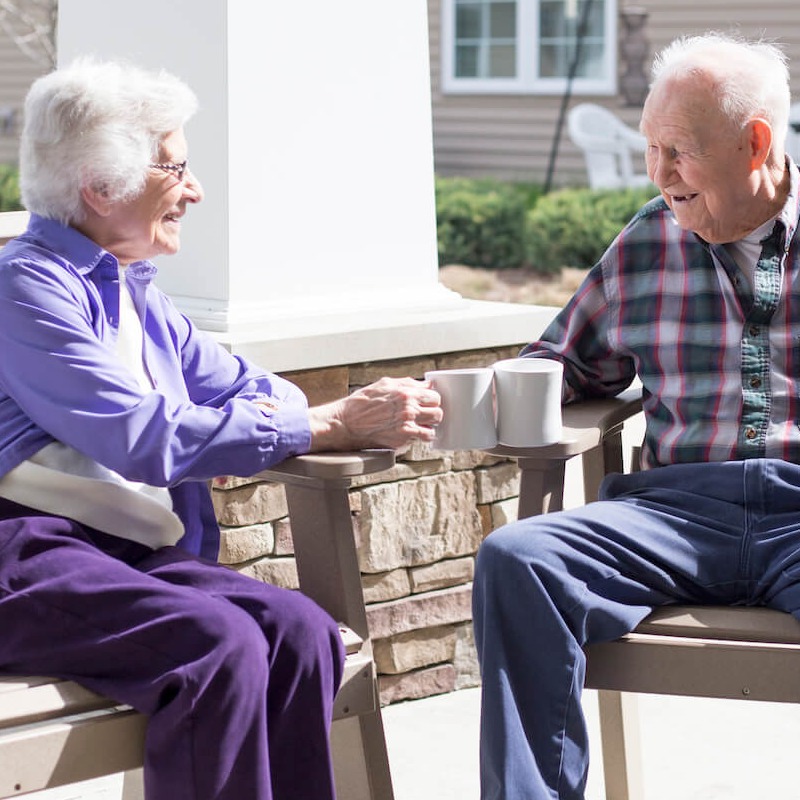
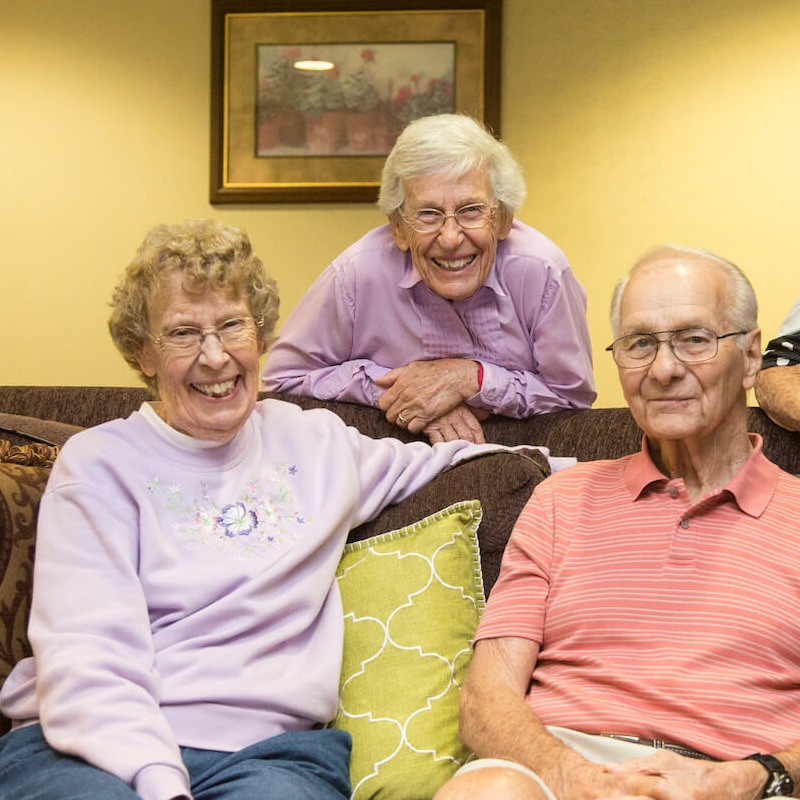
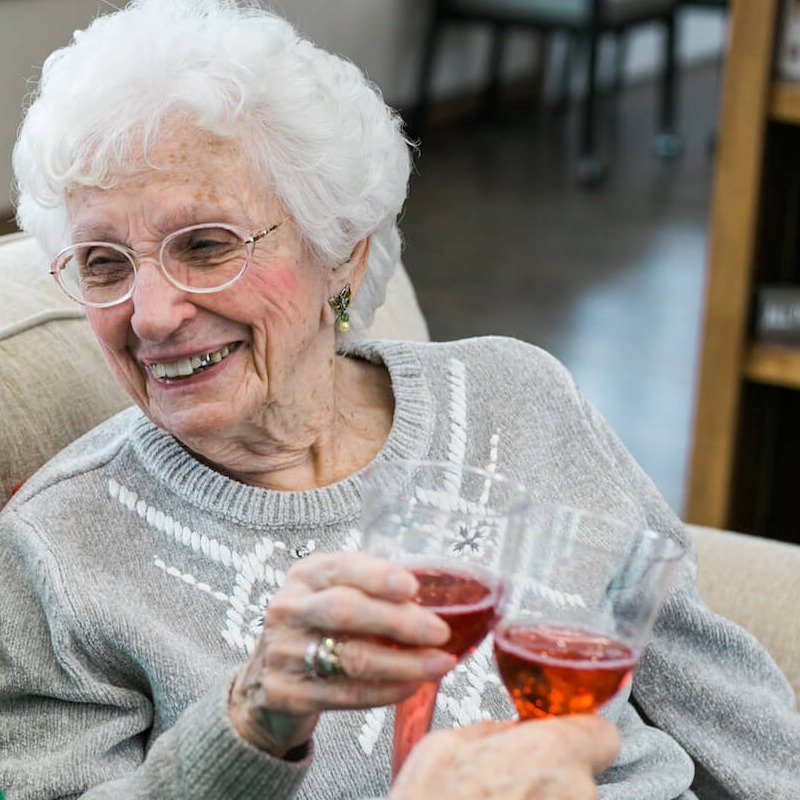
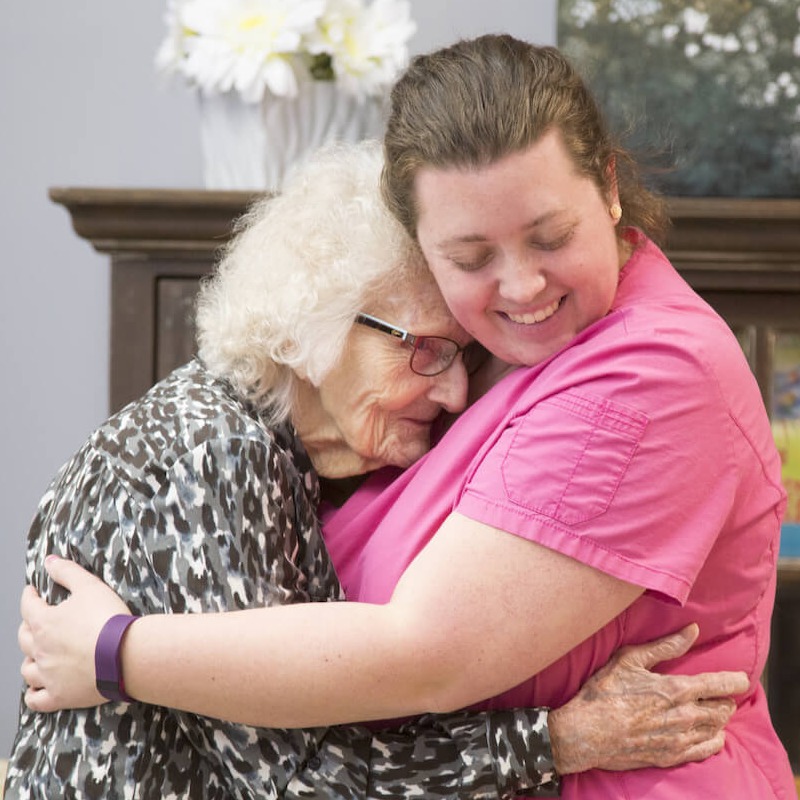

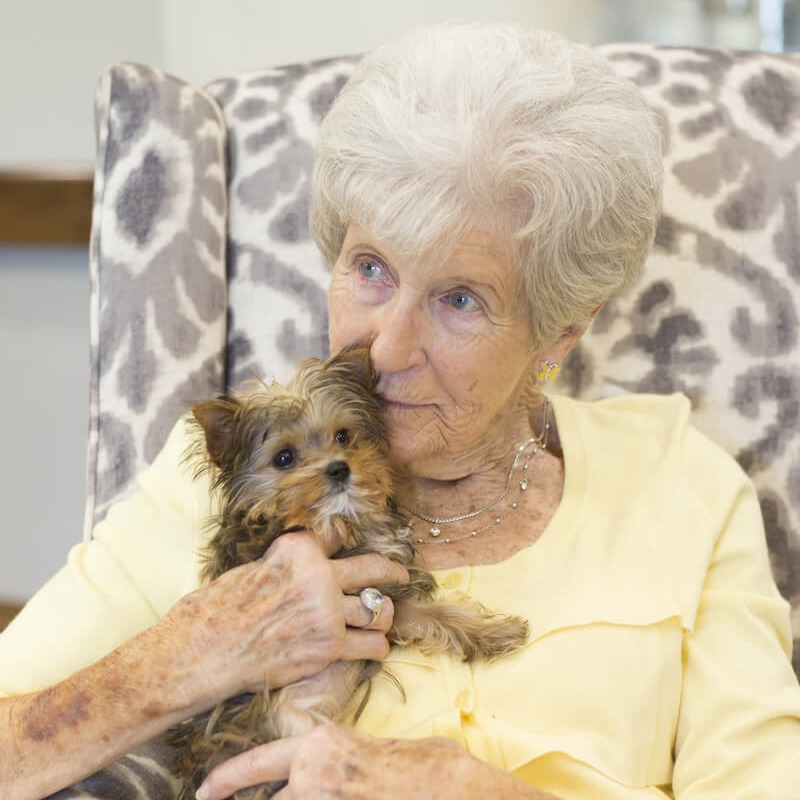
Finding social connection
at Cedarhurst Senior Living
The thing is, loneliness is normal. As detrimental as it can be to someone’s health, loneliness is a perfectly normal response to feeling isolated. It’s one thing that people of all ages have in common. But for seniors, the resources to decrease loneliness aren’t necessarily there.
That’s where Cedarhurst comes in.
Walk through the doors of one of our communities, and you’ll feel it. You’ll also see it and hear it. You might literally see our residents dancing because live music is common in our communities. You might see someone like Bob and his posse playing cards and telling inside jokes. Or maybe you see someone like Shirley with her friends, on her way to do something fabulous, living her best life.
At Cedarhurst, we just do senior living differently. We know how important making and keeping connections is, so we focus on creating communities that are welcoming for everyone, offering personalized approaches to ensure every resident has the chance to socialize and create relationships that matter to them. Find your local Cedarhurst community and call to RSVP to an upcoming virtual event. They do monthly virtual events meant to give a taste of the lifestyle from the comfort of your own home.
To learn more about the impact of social isolation and loneliness on seniors, download our guide The Power of Connection for Senior Health.
Explore Related Resources
Premium Content
The Power of Connection for Senior Health
Premium Content
What Makes Cedarhurst Different From Other Senior Living Communities?
Video
4 Things You Wouldn't Expect in a Senior Living Community